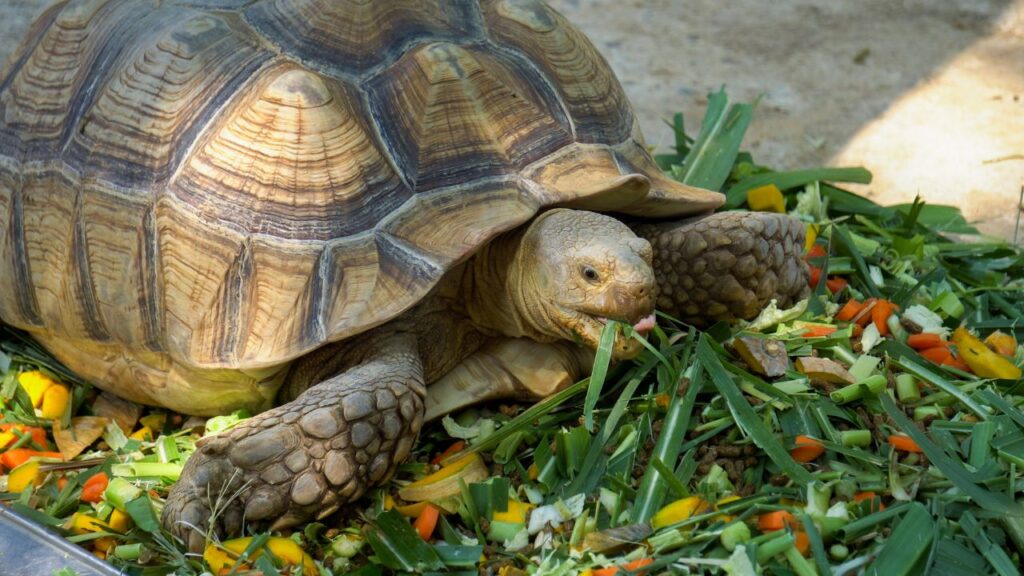Bloodhounds are well-known for their remarkable schnozzes. But these talented dogs have some serious competition when it comes to sniffing out scents. Across the globe, there are plenty of other animals with incredible olfactory abilities that help them find food, avoid predators, and navigate their environments. From insects with antennae that can detect pheromones from miles away to mammals with noses so sensitive they can smell underwater, the world of animal noses is truly amazing. And humans? Our sniffers are pretty much useless compared to most of the animal kingdom.
Albatross
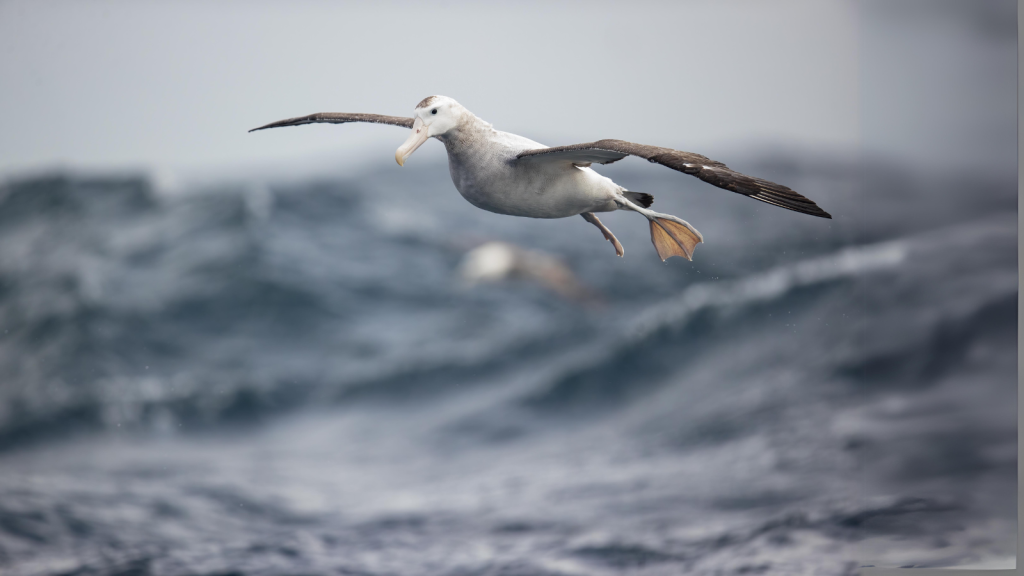
Albatrosses have an extraordinary sense of smell that helps them navigate vast oceanic distances. These seabirds can detect the scent of their primary food source, squid, from several miles away. Their tube-shaped nostrils, located on their large beaks, are highly specialized for sensing odors even in strong winds. Albatrosses use their keen sense of smell to locate productive feeding areas in the open ocean, often following scent trails of chemicals produced by plankton when it’s eaten by fish or squid. This remarkable ability allows them to find food in the seemingly featureless expanse of the sea, sometimes leading them to travel thousands of miles during a single foraging trip.
African Elephant

African elephants have the largest number of genes related to smell of any animal studied. Their trunks contain nearly 2,000 special genes that help them detect odors. These giants can smell water from several miles away and can even tell the difference between various human tribes based on their scent. Elephants also use their keen sense of smell to identify family members and determine the emotional states of other elephants.
Great White Shark
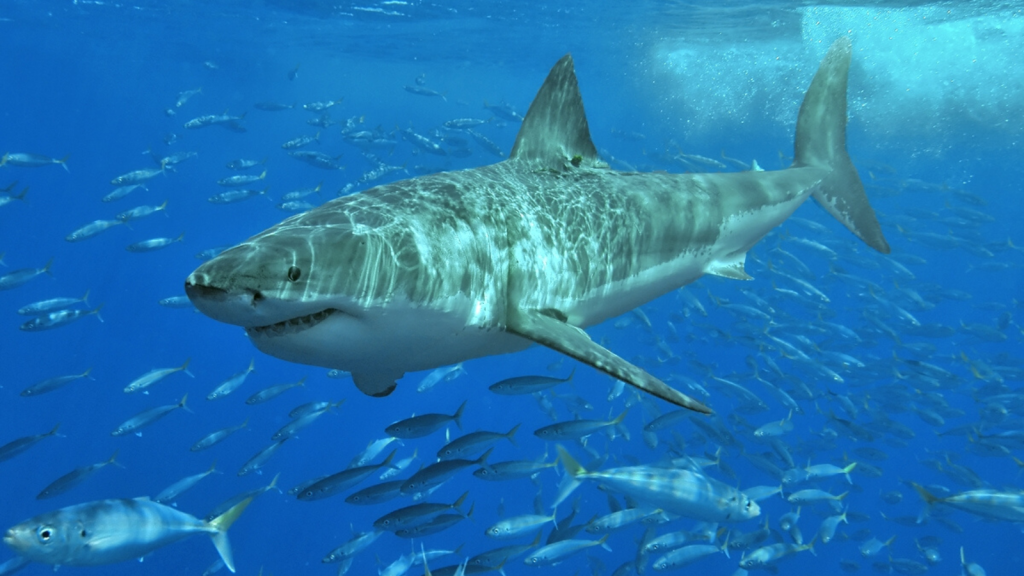
Great white sharks have a sense of smell so powerful they can detect a single drop of blood in 25 gallons of water. Their nostrils are used only for smelling, not for breathing. This keen sense helps them locate prey from great distances in the vast ocean. The shark’s olfactory bulb, the part of the brain that processes smell, can make up two-thirds of its total brain mass.
Turkey Vulture
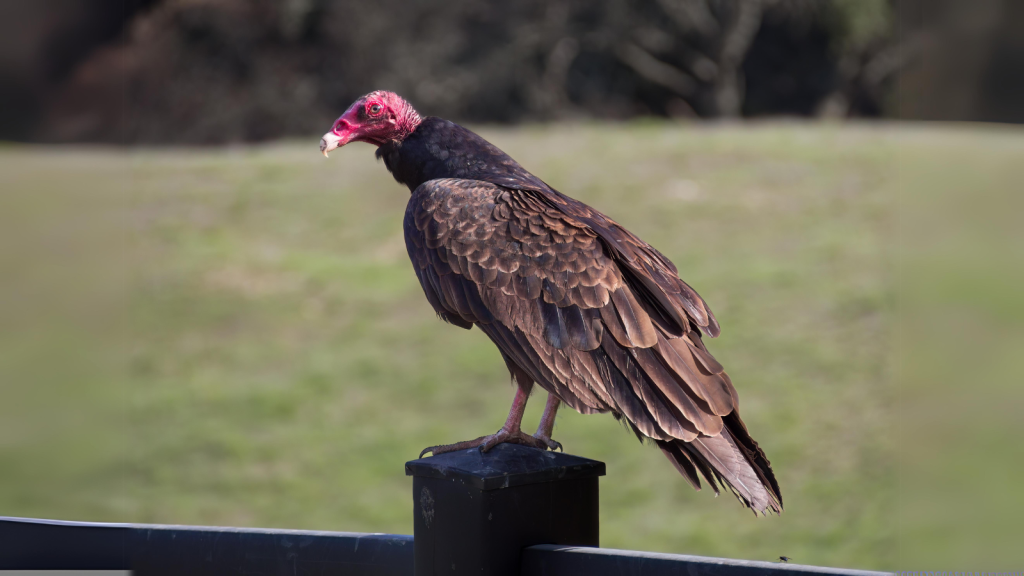
Turkey vultures have a sense of smell so strong they can detect carrion from over a mile away. Their olfactory bulb is extremely large compared to their brain size. This powerful nose helps them find food hidden under dense forest canopies where they can’t see it from the air. Unlike most birds, turkey vultures rely more on smell than sight to locate their meals, giving them an edge in finding fresh carcasses before other scavengers.
Bear
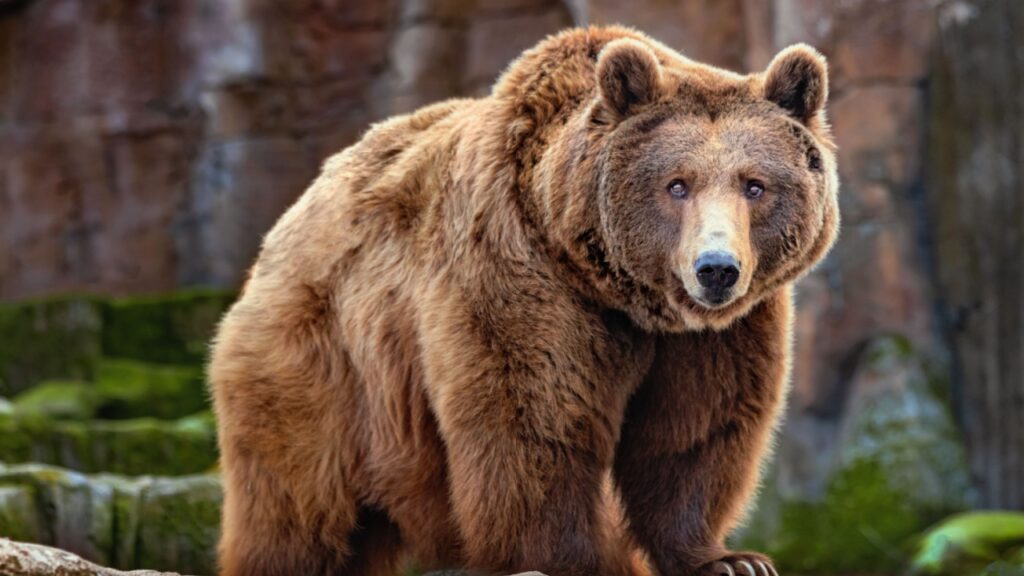
Bears have a sense of smell about seven times stronger than a bloodhound’s. They can smell food sources from up to 20 miles away. Their powerful noses help them find mates, avoid danger, and locate food sources like beehives and fish in streams. A bear’s keen sense of smell also allows them to detect prey beneath the ground or under water, making them incredibly efficient foragers.
Star-Nosed Mole

The star-nosed mole has a unique nose with 22 fleshy appendages that form a star-like shape. This nose contains over 100,000 nerve fibers, six times more than in the human hand. It can detect seismic wave vibrations and use its nose to smell underwater, a rare ability among mammals. The star-nosed mole can touch up to 12 objects per second with its nose, making it one of the fastest-moving organs in any mammal.
Kiwi Bird
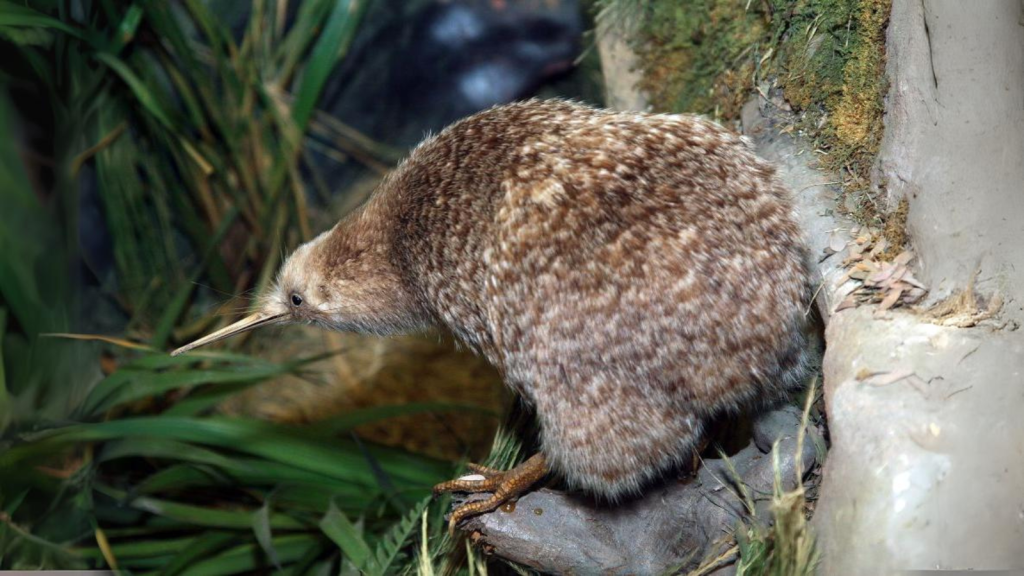
Kiwi birds are the only birds with nostrils at the end of their beaks. They have a highly developed sense of smell that they use to find food in the soil. Their olfactory bulbs are the largest compared to brain size of any bird, making up about 30% of their brain. Kiwis can detect earthworms and grubs up to 3 centimeters underground using their keen sense of smell.
Moth
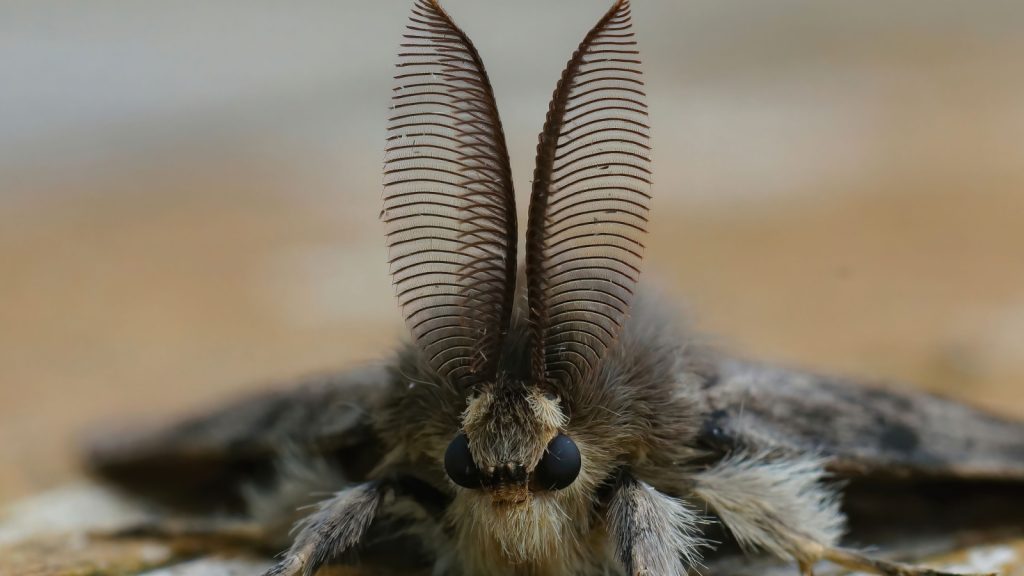
Many moth species have an incredible sense of smell thanks to their large, feather-like antennae. Male silk moths can detect a single molecule of a female’s pheromone from several miles away. This helps them find mates even when they’re far apart. Some moth species can detect odors at concentrations as low as a few parts per trillion, making their sense of smell about 1,000 times more sensitive than a human’s.
Snake
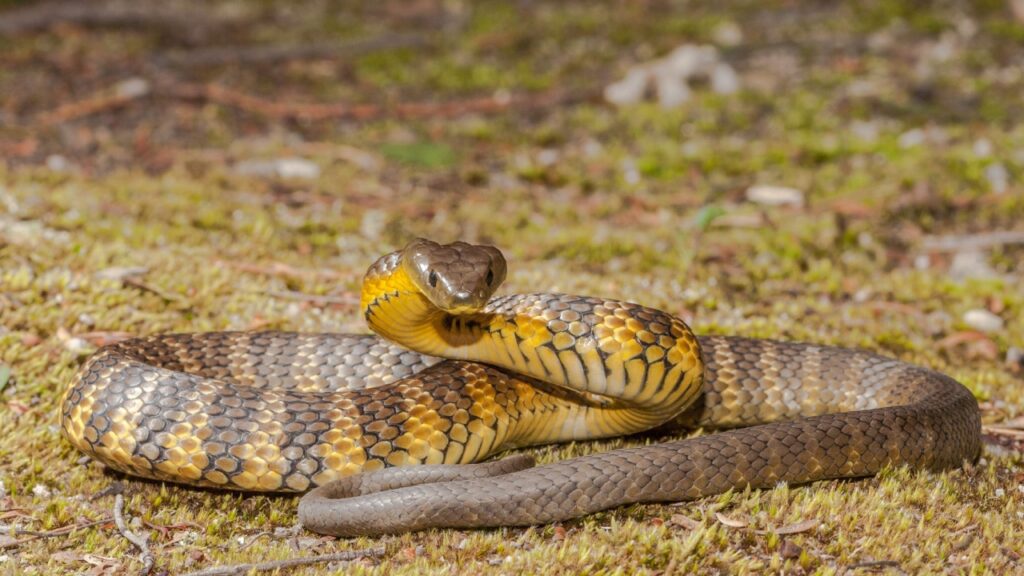
Snakes use their forked tongues to “smell” their environment. They collect scent particles on their tongues and transfer them to a special organ in the roof of their mouth called the Jacobson’s organ. This allows them to build a 3D scent map of their surroundings. The split in a snake’s tongue helps it determine which direction a smell is coming from, aiding in precise location of prey or potential mates.
Bloodhound
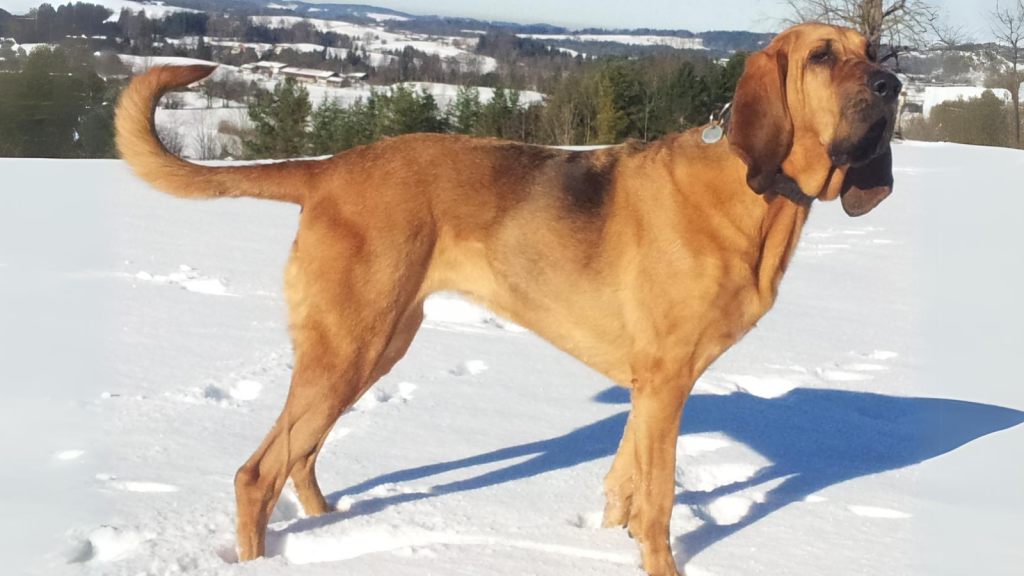
While not the absolute best sniffer, bloodhounds still deserve a spot on this list. They have about 300 million scent receptors, compared to a human’s 5 million. Bloodhounds can follow trails that are over 300 hours old and their nose evidence is admissible in court. These dogs can distinguish between identical twins based on scent alone, highlighting the incredible precision of their olfactory abilities.
Salmon
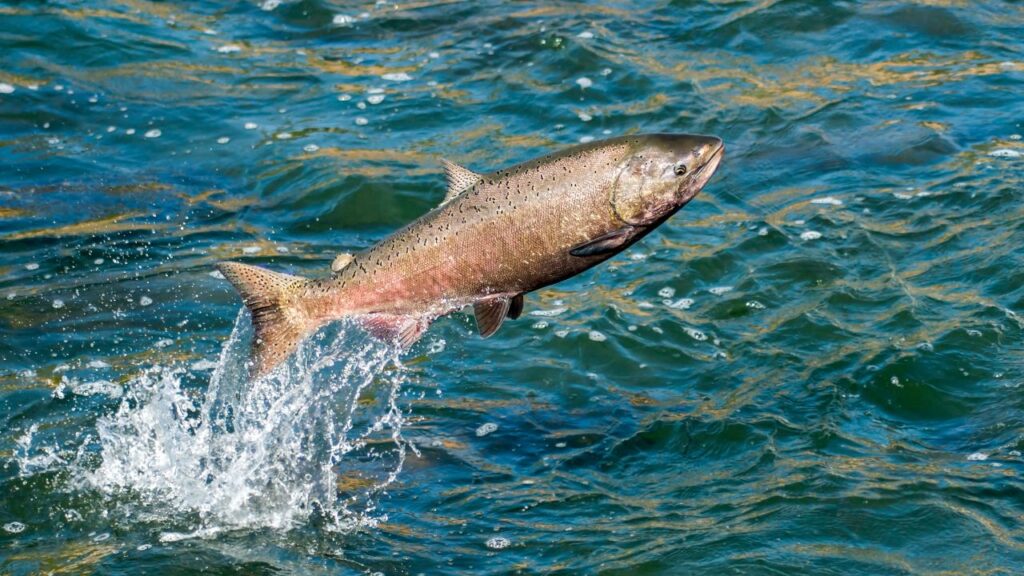
Salmon have an incredible ability to smell their way back to their birthplace to spawn. They can detect one drop of scent in 250 gallons of water. This amazing nose helps them navigate thousands of miles through the ocean back to the exact stream where they were born. Salmon use a combination of magnetic fields and olfactory cues to navigate, with their sense of smell becoming increasingly important as they approach their home rivers.
Fruit Fly
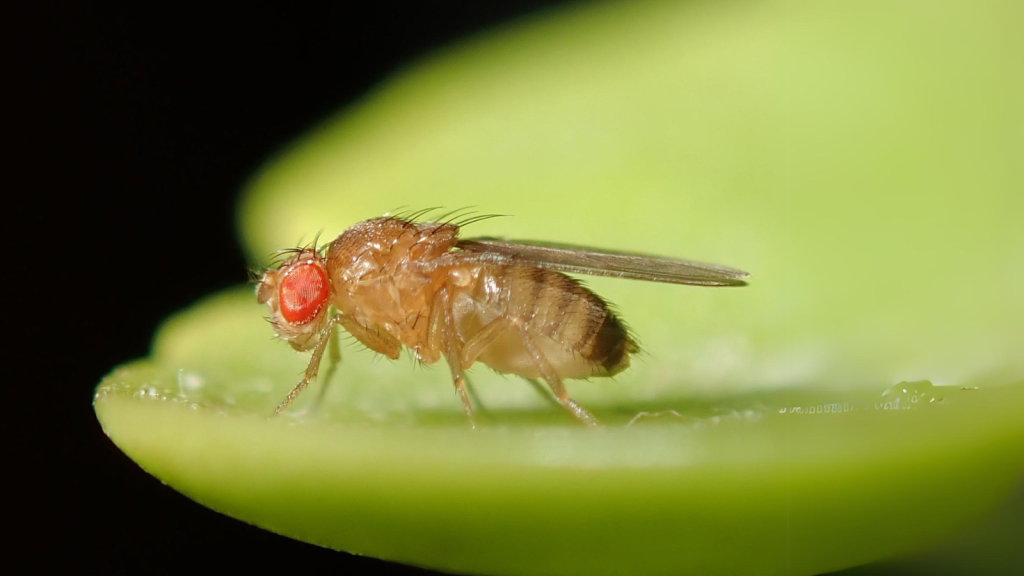
Despite their tiny size, fruit flies have a powerful sense of smell. They can detect and distinguish between hundreds of different odors. Their antennae are covered in tiny hairs that each contain multiple neurons for detecting different scents. Fruit flies can even smell the difference between cancerous and healthy cells, leading to research into their potential use in early cancer detection.
Honeybee
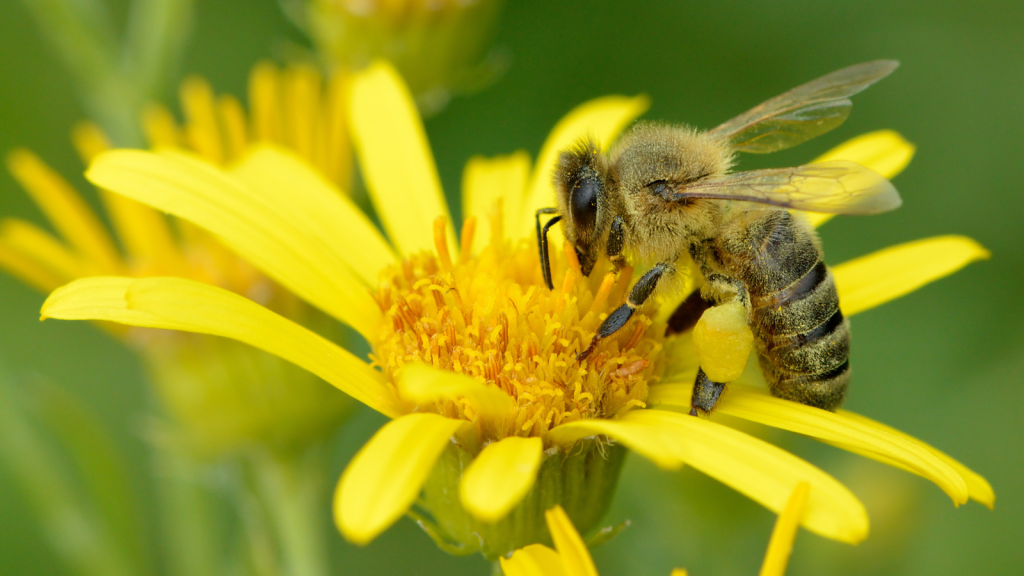
Honeybees have an excellent sense of smell that they use to find flowers and communicate with other bees. They can detect airborne molecules in the parts-per-trillion range. Bees are even being trained to detect drugs and explosives at airports. A bee’s antennae are so sensitive that they can distinguish between hundreds of different floral scents and can even detect human emotions through smell.
Hammerhead Shark
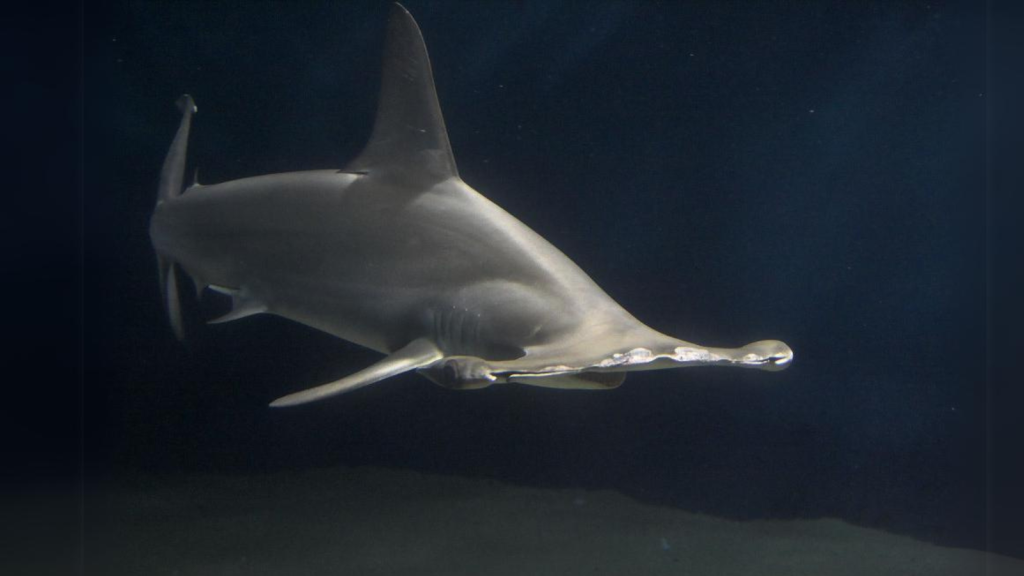
The unique head shape of hammerhead sharks gives them an advantage in smell. Their wide-set nostrils allow them to scan a larger area for scents as they swim. They can detect a single drop of blood in an Olympic-size swimming pool. The hammerhead’s enhanced directional smell allows them to quickly zero in on prey, giving them a significant hunting advantage over other shark species.
Pig
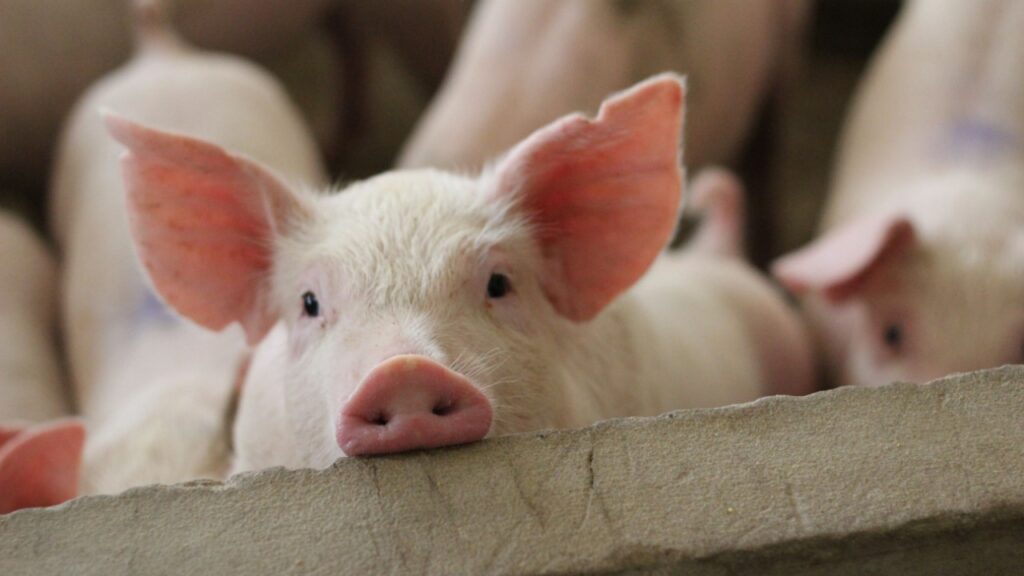
Pigs have a keen sense of smell that humans have used for centuries. They’re often used to hunt for truffles, expensive fungi that grow underground. A pig’s sense of smell is about 2,000 times more sensitive than a human’s. Pigs can also be trained to detect environmental contaminants in soil, making them valuable in ecological research and land management.
Antarctic Petrel
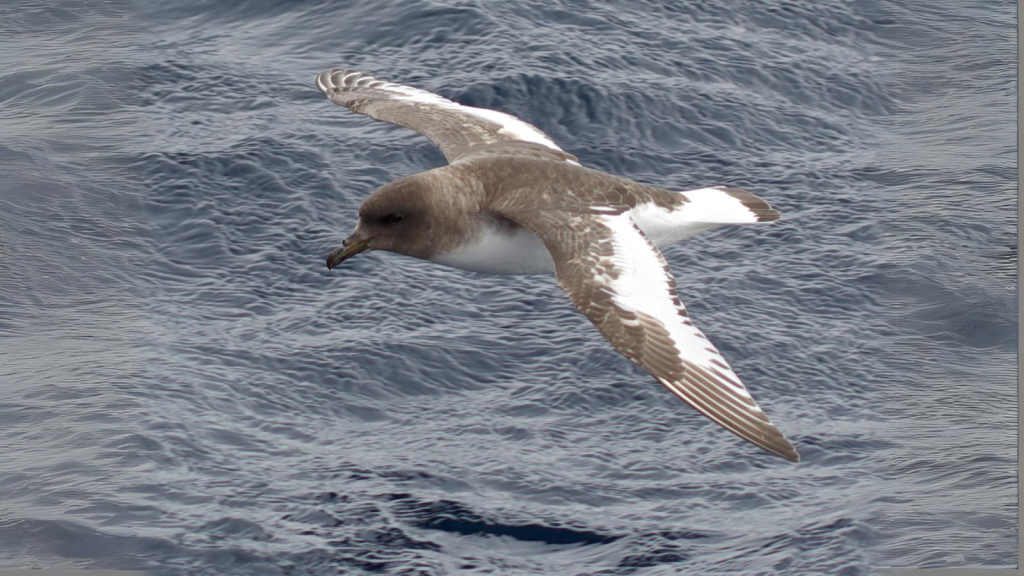
These seabirds can smell their prey from over 12 miles away. They use their powerful noses to locate swarms of krill in the vast Southern Ocean. Their tube-shaped nostrils give them an enhanced ability to detect odors while flying long distances. Antarctic petrels can also detect the scent of phytoplankton, allowing them to find productive feeding areas in the seemingly featureless open ocean.



